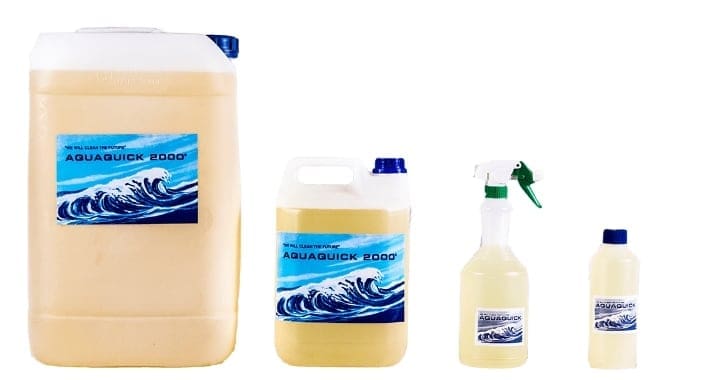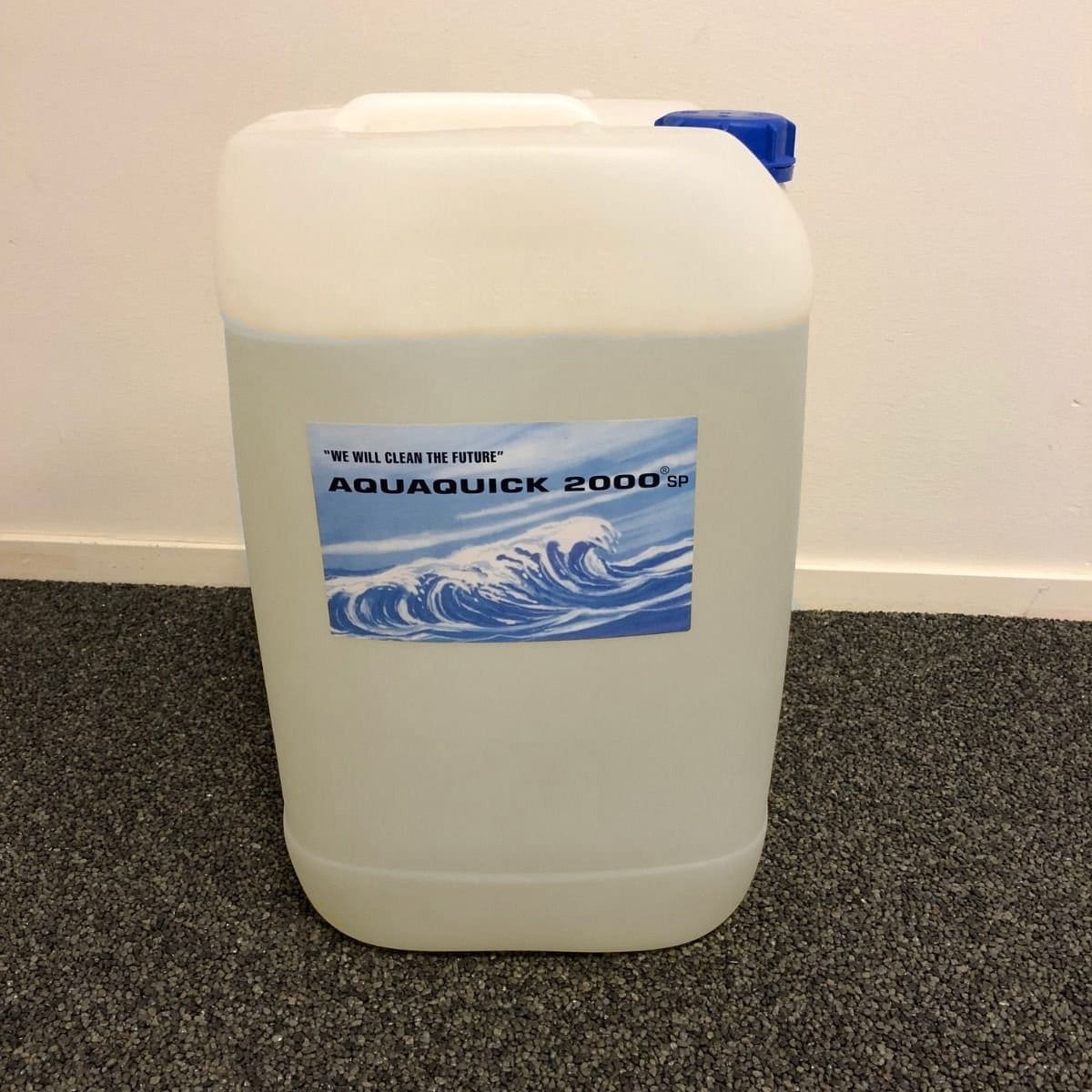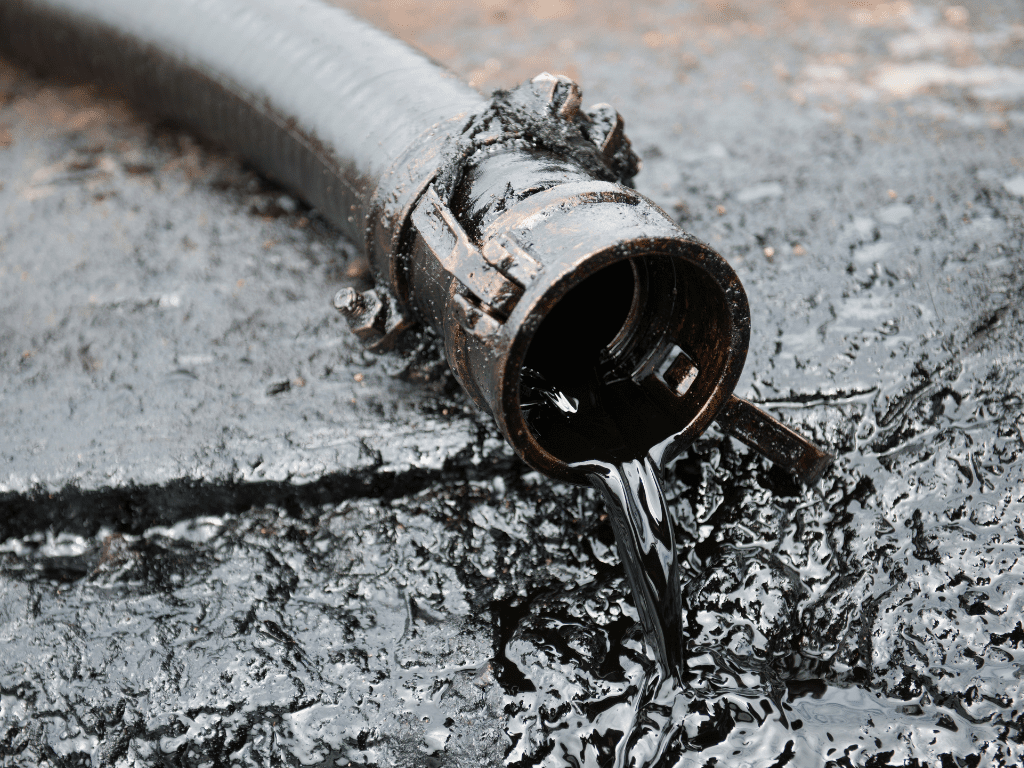Oil spills are very dangerous for our environment. One of the methods employed to mitigate the oil spills is the use of oil dispersants; pros and cons. These chemical agents break down the oil into smaller droplets, promoting its dispersion into the water column where it can be more readily biodegraded by natural processes. This article explores the oil dispersant pros and cons, providing a comprehensive overview of their use, effectiveness, and environmental impact.
What Are Oil Dispersants?
Oil dispersants are a mixture of surfactants and solvents. The surfactants reduce the surface tension between oil and water, allowing the oil to break into smaller droplets. These droplets can then mix more easily with water and are less likely to form slicks on the surface. Dispersants are typically applied via aircraft or boats, targeting the oil slick to ensure maximum coverage.
Pros of Using Oil Dispersants
- One of the primary benefits of oil dispersant is that they enhance the natural biodegradation of oil. By breaking the oil into smaller droplets, dispersants increase the surface area available for microbial degradation. This process is crucial in reducing the overall amount of oil in the environment more rapidly than would occur naturally.
- Oil dispersants help to reduce the amount of oil on the water surface, thereby minimizing the risk of the oil reaching shorelines and sensitive coastal habitats. This can be particularly important in protecting marshlands, mangroves, and other coastal ecosystems that are highly vulnerable to oil contamination.
- By dispersing the oil into the water column, the immediate threat to marine wildlife, such as birds and marine mammals, is reduced. Surface oil slicks can coat these animals, leading to hypothermia, drowning, or ingestion of toxic substances. Oil dispersants can, therefore, help to lessen the direct impact on visible wildlife.
- Reducing the visible oil slick can have positive effects on local economies, particularly those reliant on tourism and fishing. Beaches and coastal waters free of oil slicks are more attractive to tourists, and less surface oil means fewer closures of fisheries and less damage to fishing equipment.
- Dispersants can be deployed quickly and efficiently, making them a valuable tool in the immediate aftermath of an oil spill. This rapid response can be crucial in mitigating the spread and impact of the spill, particularly in remote or inaccessible areas.
Cons of Using Oil Dispersants
- While oil dispersants reduce the surface slick, they introduce potentially toxic chemicals into the water column. The components of oil dispersants, as well as the dispersed oil droplets, can be harmful to marine organisms, particularly plankton, fish larvae, and benthic organisms. The long-term effects of these chemicals on marine ecosystems are not fully understood and remain a significant concern.
- The effectiveness of oil dispersants can be influenced by various environmental factors, such as water temperature, salinity, and wave energy. In cold or calm waters, oil dispersants may not work as effectively, reducing their overall efficacy in mitigating oil spills.
- Dispersing oil into the water column can lead to the formation of subsurface plumes. These plumes can spread oil over a larger area and depth, potentially impacting a wider range of marine habitats. The ecological consequences of these subsurface plumes are still being studied, but they pose a risk of long-term contamination.
- The use of oil dispersants is often controversial, and public perception can be negative. Concerns about the potential toxicity and long-term environmental impacts can lead to public opposition and regulatory challenges. Effective communication and transparency about the decision-making process are crucial to addressing these concerns.
- The decision to use dispersants involves complex trade-offs between immediate and long-term environmental impacts. While dispersants can mitigate some immediate threats, they may introduce new risks and uncertainties. Balancing these trade-offs requires careful consideration and often, difficult decision-making.
Successes and Challenges: Oil Dispersant Pros and Cons
The Deepwater Horizon spill in the Gulf of Mexico is one of the most well-known cases where dispersants were used extensively. Approximately 1.84 million gallons of dispersants were applied both at the surface and directly at the wellhead. While the use of oil dispersants pros and cons helped to reduce the amount of oil reaching the shorelines, it also led to the formation of large subsurface plumes, raising concerns about long-term ecological impacts.
Studies following the spill have shown mixed results. Some research indicates that the dispersed oil was biodegraded more rapidly, while other studies highlight significant toxicity to marine life, particularly deep-sea corals and other benthic organisms. The Deepwater Horizon incident underscores the complex nature of dispersant use and the need for comprehensive environmental monitoring and assessment.
Hebei Spirit Spill (2007)
The Hebei Spirit oil spill off the coast of South Korea involved the release of approximately 10,500 tons of crude oil. Dispersants were used to mitigate the impact of the spill, particularly in protecting the region’s valuable fisheries and aquaculture. In this case, the use of dispersants was deemed effective in reducing the immediate impact on the coastline and minimizing economic losses.
However, subsequent studies revealed that the dispersed oil and dispersants had toxic effects on marine organisms, including fish and shellfish. The incident highlighted the importance of evaluating the long-term ecological consequences of oil dispersant use, even when immediate benefits are observed.
Regulatory and Environmental Considerations
The use of oil dispersants is subject to regulatory oversight in many countries. Regulatory agencies, such as the U.S. Environmental Protection Agency (EPA) and the European Maritime Safety Agency (EMSA), have established guidelines and approval processes for dispersant use. These regulations are designed to ensure that dispersants are used safely and effectively, minimizing harm to the environment.
Environmental Impact Assessments
Environmental impact assessments (EIAs) are crucial in the decision-making process for dispersant use. EIAs consider a range of factors, including the type and volume of oil spilled, the characteristics of the affected environment, and the potential impacts on wildlife and human health. By conducting thorough EIAs, authorities can make informed decisions about whether to use dispersants and how to apply them most effectively.
Future Directions and Research

Ongoing research is essential to improve our understanding of the benefits and risks associated with oil dispersants. Key areas of research include:
- Development of Less Toxic Dispersants: Efforts are underway to develop dispersants that are less toxic to marine life while maintaining their effectiveness in breaking down oil. This research aims to provide safer alternatives for use in oil spill response.
- Long-term Ecological Studies: Long-term studies are needed to assess the ecological impacts of dispersants and dispersed oil over extended periods. These studies can provide valuable insights into the recovery of affected ecosystems and the persistence of toxic effects.
- Improved Monitoring and Modeling: Advances in monitoring technologies and predictive modeling can enhance our ability to assess the effectiveness and environmental impact of dispersant use in real-time. These tools can support more responsive and adaptive oil spill response strategies.
AQUAQUICK 2000: A Revolutionary Solution for Cleaning Oil Contamination
In industries ranging from manufacturing to transportation, oil and grease contamination poses significant challenges. Traditional methods of cleaning oil spills and removing grease often involve harsh chemicals or labor-intensive processes that can be harmful to both the environment and human health. However, a revolutionary product called AQUAQUICK 2000 offers a safer, more effective solution. In this article, we’ll explore what AQUAQUICK 2000 is, how it works, its benefits, and its applications.
What is AQUAQUICK 2000?

AQUAQUICK 2000 is a powerful water-based cleaning agent specifically designed to remove oil, grease, and other hydrocarbon contaminants from various surfaces. Unlike many traditional cleaners, AQUAQUICK 2000 is non-toxic, biodegradable, and environmentally friendly, making it an attractive option for industries seeking sustainable solutions to oil contamination problems.
How Does AQUAQUICK 2000 Work?
The effectiveness of AQUAQUICK 2000 lies in its unique formulation, which combines surfactants, emulsifiers, and other active ingredients to break down hydrocarbon molecules and lift them from surfaces. When applied to an oil-contaminated area, AQUAQUICK 2000 penetrates the oil layer, emulsifying and dispersing the hydrocarbons into tiny droplets. These droplets can then be easily rinsed away with water, leaving the surface clean and free of residue.
Benefits of AQUAQUICK 2000
- AQUAQUICK 2000 is made from biodegradable ingredients and does not contain harmful solvents or chemicals. This makes it safe to use in sensitive environments, such as waterways, without causing harm to aquatic life or ecosystems.
- AQUAQUICK 2000 can be used on a wide range of surfaces, including concrete, asphalt, metal, and plastic. It is effective in removing oil and grease stains from floors, machinery, equipment, and vehicles, making it a versatile solution for various industries.
- AQUAQUICK 2000 works quickly to break down oil and grease, reducing the time and labor required for cleaning tasks. Its fast-acting formula allows for rapid cleanup of spills and contamination, minimizing downtime and productivity losses.
- While AQUAQUICK 2000 may have a higher upfront cost compared to some traditional cleaners, its efficiency and effectiveness ultimately lead to cost savings in the long run. By reducing the need for labor-intensive cleaning methods and minimizing the risk of environmental fines or cleanup costs, AQUAQUICK 2000 offers a cost-effective solution for oil contamination management.
- Unlike harsh chemical cleaners, AQUAQUICK 2000 is non-toxic and safe to handle. Its water-based formula means there are no fumes or harmful vapors, making it suitable for use in enclosed spaces without ventilation. Additionally, its biodegradable nature means it poses no long-term environmental risks.
Applications of AQUAQUICK 2000
- AQUAQUICK 2000 is widely used in industrial settings for cleaning oil and grease from machinery, equipment, floors, and work surfaces. Its versatility and effectiveness make it an essential tool for maintaining cleanliness and safety in manufacturing plants, refineries, and workshops.
- In the transportation sector, AQUAQUICK 2000 is used to clean oil spills and remove grease from vehicles, engines, and transport infrastructure. Its fast-acting formula and environmentally friendly properties make it well-suited for use in maintenance facilities, ports, airports, and roadways.
- AQUAQUICK 2000 is highly effective in cleaning oil-contaminated surfaces in marine and offshore environments. It can be used to remove oil and grease from ship decks, oil rigs, pipelines, and dockyards, helping to prevent environmental contamination and maintain compliance with regulatory standards.
- AQUAQUICK 2000 is an invaluable tool for emergency response teams tasked with cleaning up oil spills and environmental disasters. Its rapid action and environmental safety make it ideal for use in sensitive ecosystems, such as wetlands, rivers, and coastal areas.
Success Stories of AQUAQUICK 2000

Oil Spill Cleanup in a Coastal Community
In a coastal community heavily reliant on fishing and tourism, an oil spill threatened to devastate the local economy and environment. Emergency response teams quickly mobilized, deploying AQUAQUICK 2000 to clean up the spill. Within hours, the oil-contaminated shoreline was transformed, with AQUAQUICK 2000 effectively removing oil stains and restoring the beach to its natural state. Thanks to the fast action and environmentally friendly properties of AQUAQUICK 2000, the community was able to minimize the impact of the spill and safeguard its livelihoods.
Industrial Plant Maintenance
An industrial plant faced challenges in maintaining cleanliness and safety due to oil and grease buildup on machinery and floors. Traditional cleaning methods were time-consuming and ineffective, leading to productivity losses and safety hazards. Switching to AQUAQUICK 2000 revolutionized the plant’s cleaning processes, with the fast-acting formula quickly breaking down oil and grease without the need for scrubbing or rinsing. The plant saw significant improvements in cleanliness, safety, and efficiency, leading to cost savings and increased productivity.
AQUAQUICK 2000 is a game-changer in the field of oil contamination management, offering a safer, more effective alternative to traditional cleaning methods. Its environmentally friendly properties, versatility, efficiency, and cost-effectiveness make it an indispensable tool for industries seeking sustainable solutions to oil spill cleanup and maintenance challenges. Whether used in industrial settings, transportation, marine environments, or emergency response scenarios, AQUAQUICK 2000 delivers outstanding results while minimizing environmental impact. As industries increasingly prioritize sustainability and environmental stewardship, AQUAQUICK 2000 stands out as a shining example of innovation in action.
Conclusion
Oil dispersants play a critical role in the toolkit for responding to oil spills. They offer significant advantages, such as enhancing natural biodegradation and reducing the immediate impact on marine and coastal environments. However, their use also presents challenges and risks, including potential toxicity to marine life and the formation of subsurface plumes.
The decision to use oil dispersants involves careful consideration of these oil dispros and cons, guided by rigorous environmental assessments and regulatory oversight. Ongoing research and technological advancements will continue to improve our understanding and management of oil spills, ensuring that dispersants are used safely and effectively to protect marine ecosystems.
In summary, oil dispersants are a valuable tool in mitigating the impact of oil spills, but their use requires a balanced approach that considers both immediate benefits and long-term ecological consequences. By advancing research and improving response strategies, we can better safeguard our oceans and coastal environments from the devastating effects of oil spills.














